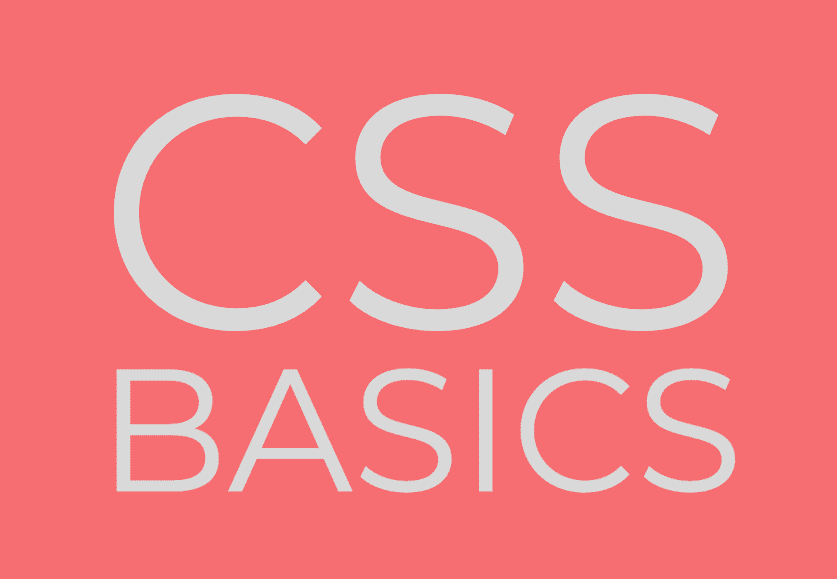It is not a secret that bad web design can significantly hurt your site’s SEO performance. With search engines being the primary sources of traffic, designing your site without thinking about search engine optimisation is no longer a mistake you can afford to make.
On the other hand, taking the necessary steps to optimise your web design for SEO purposes can result in a significant boost in SEO performance. You’ll start noticing better consistency in search engine rankings as well as more traffic coming from search engines almost immediately.
So, what does it really mean to design a website for SEO in 2019? There are a few principles and trends you can follow, and we are going to discuss them in this article.
Mobile as a Priority
A usable and user-friendly mobile interface is now a necessity rather than optional. Over 60% of internet users rely on their mobile devices to access the internet, so not having a usable mobile interface will hurt your site.
It goes beyond inconveniencing the visitors too. Sites without proper mobile UI rank much, much lower than those with fluid mobile user experience. Google and other search engines also prioritise mobile-friendly websites in mobile search results.
A mobile-first design approach doesn’t always work, especially when you have a complex website. That said, you can always make mobile UI or responsive design a priority when designing websites. Make sure mobile content – including images and scripts – are optimised for performance too.
Performance First
Speaking about optimising content for performance, the design of your website affects performance as much as the content you display. Taking into account SEO-related metrics such as page speed and the number of requests or queries needed to open a page is important.
Optimising for performance can also be done by optimising the design itself. Instead of using multiple PNGs for areas of the site, for instance, you can rely on CSS properties like border-radius and transform to create shapes using no external asset.
You can even use pseudo-elements like :before and :after to create complex shapes such as a hexagon or a diamond. The combination of CSS properties, written with just a few lines of CSS3 code, is a lot lighter than PNG images with transparency.
Local Elements
It is also an option to go deep into your SEO strategy and adjust the design of the site accordingly. WSI Digital Web, the leading web design Belfast agency, revealed how a carefully-placed set of location information, integrated into the design of the site, can be very good for local SEO.
In many of its case studies and past projects, WSI was also able to boost SEO using good design practices such as adding an ALT tag to images and making sure that text is displayed using a readable font and in the correct size for the users’ devices.
These are simple web design approaches you can implement almost immediately, but they bring a substantial improvement to your website’s SEO performance. Designing for SEO doesn’t mean forgetting about good layout altogether. It simply means delivering a better, more consistent user experience to the audience.

